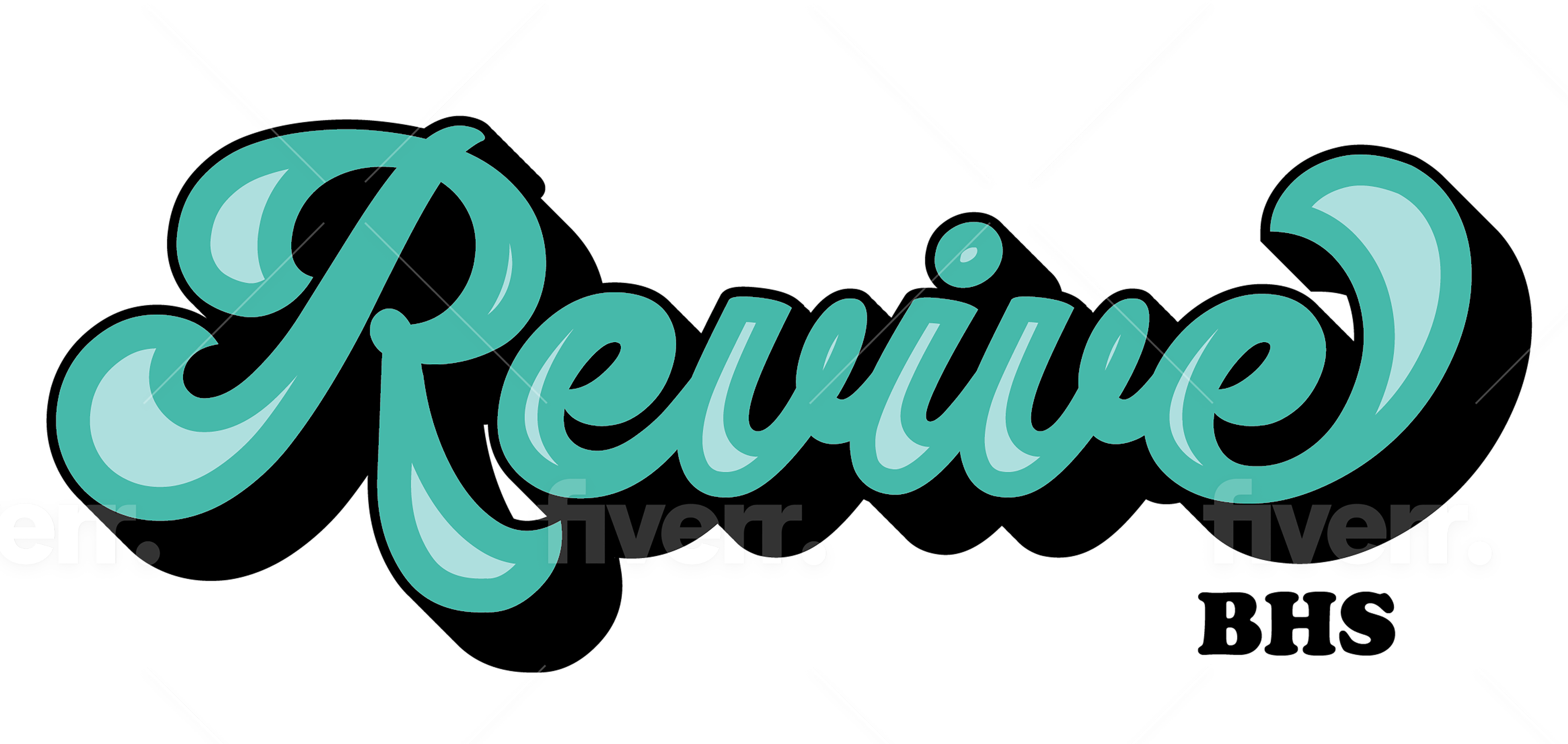Introduction to Opening a Residential SUD Treatment Program in Maryland
Opening a residential Substance Use Disorder (SUD) treatment program in Maryland involves several key steps to ensure compliance with state regulations and to provide high-quality care. Here’s a comprehensive guide to help you navigate the process.
Step 1: Do Market Research and Decide Your Level of Care
Before opening a residential SUD treatment program in Maryland, it’s essential to conduct thorough market research to understand the demand, competition, and specific needs of the population you aim to serve. Based on your findings, you’ll decide on the level of care your facility will provide. Maryland recognizes the following levels of care for residential SUD treatment:
- Level 3.7: Medically Monitored Intensive Inpatient Services. This level provides 24-hour care with physician availability and requires a Certificate of Need (CON) in Maryland.
- Level 3.5: Clinically Managed High-Intensity Residential Services. This level offers 24-hour care with trained counselors to stabilize and rehabilitate individuals with SUD.
- Level 3.3: Clinically Managed Population-Specific High-Intensity Residential Services. This level focuses on individuals with cognitive impairments or other functional limitations that necessitate a more structured environment. This level of care will be eliminated in the future as ASAM has been updated to the 4th edition.
- Level 3.1: Clinically Managed Low-Intensity Residential Services. This level provides a supportive environment with 24-hour care, focusing on promoting recovery skills.
Step 2: Apply for Preliminary Accreditation
To operate a residential SUD treatment program in Maryland, you need to obtain preliminary accreditation from an accrediting body before being licensed. Maryland will not license a program without proof of accreditation. Maryland accepts accreditation from the following organizations:
- CARF (Commission on Accreditation of Rehabilitation Facilities): CARF Website
- Joint Commission: Joint Commission Website
- ACHC (Accreditation Commission for Health Care): ACHC Website
To achieve preliminary accreditation, your program must:
- Develop Comprehensive Policies and Procedures: Establish detailed policies and procedures that outline the operational, clinical, and administrative aspects of your program. These should align with the standards of the accrediting body you choose.
- Staff Qualifications and Training: Ensure that all staff members meet the required qualifications and have received adequate training. This includes clinical staff, administrative personnel, and support staff.
- Facility Readiness: Your facility must be fully prepared to provide the level of care specified. This includes having the necessary infrastructure, equipment, and safety measures in place.
- Documentation and Record-Keeping: Maintain thorough documentation of all aspects of your program, from patient records to administrative files. This documentation will be reviewed as part of the accreditation process.
- Quality Improvement Plan: Develop a plan for continuous quality improvement, outlining how your program will monitor, evaluate, and enhance the quality of care provided.
- Self-Evaluation: Conduct a self-evaluation to assess your program’s compliance with the accrediting body’s standards. Identify areas of strength and areas needing improvement.
Each accrediting body has its own set of standards and processes, so choose the one that best aligns with your program’s goals and resources.
Step 3: Apply for an Agreement to Cooperate with Your Local Jurisdiction
Before you can proceed with state licensing for your residential SUD treatment program, you must obtain an Agreement to Cooperate from your local jurisdiction. This agreement ensures that your proposed facility complies with local zoning, safety, and health regulations. Contact your local government office to begin this process, which involves submitting an application and supporting documents, which includes proof of accreditation. Each jurisdiction has different requirements so it’s important to reach out ahead of beginning the process.
Step 4: Apply for a State License with the 10.63 Licensing Application
Next, you need to apply for a state license through the Maryland Department of Health. The application process is governed by the 10.63 licensing regulations, which have recently been updated to include more required information. The application will require detailed information about your residential SUD treatment program, staff qualifications, policies, and procedures. Ensure you review the updated 10.63 regulations thoroughly to meet all requirements.
Some of the information you’ll need is:
- Detailed ownership information
- Proof of the program’s good standing status with SDAT
- Organizational chart showing staffing by program/service (include name, credentials, job title)
- Any corrective action plans required by the accreditation organization
- Program operational hours
Step 5: Enroll with Maryland Medicaid Through ePrep and/or Commercial Insurance Payers
To ensure that your services are reimbursed, you must enroll with insurance payers. If you would like to participate with the Maryland Medicaid program, you would enroll through the ePrep portal. Additionally, you can consider enrolling with commercial insurance payers to expand access to your services for clients with private insurance. This process involves submitting documentation to verify your compliance with all necessary standards and regulations.
Conclusion
Opening a residential SUD treatment program in Maryland is a complex but rewarding endeavor. Each step, from market research to obtaining the necessary accreditations and licenses, is crucial for establishing a successful and compliant program.
Revive Behavioral Health Solutions can assist you at every stage of this process. Our team of experts offers comprehensive support, from conducting market research and preparing accreditation applications to navigating the licensing process and ensuring payer enrollment. Contact us today to learn how we can help you create a high-quality, compliant residential SUD treatment program.
